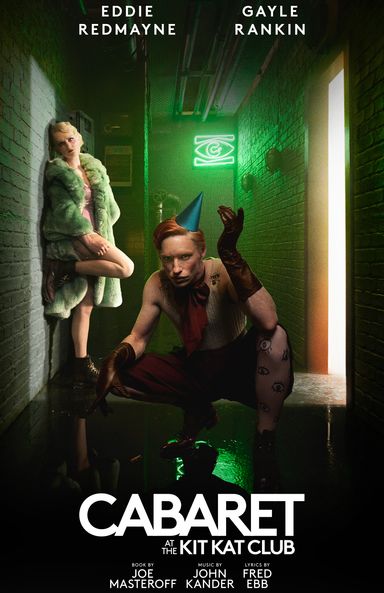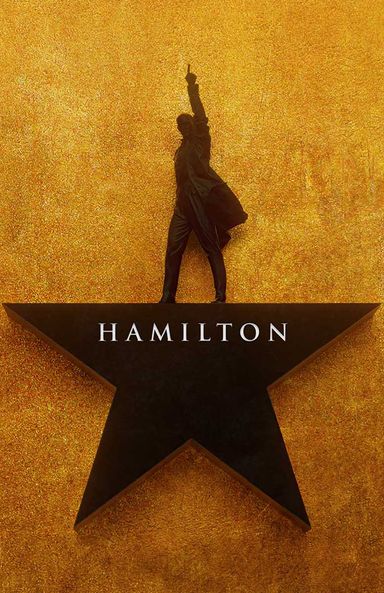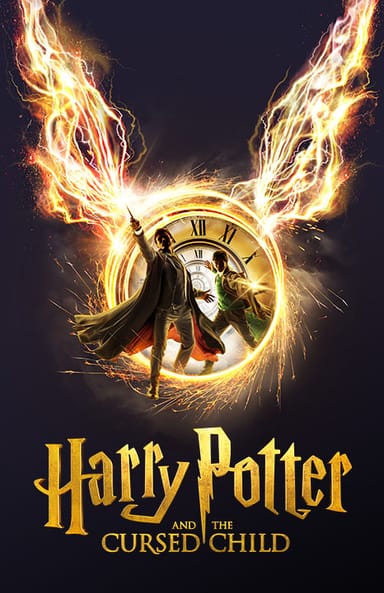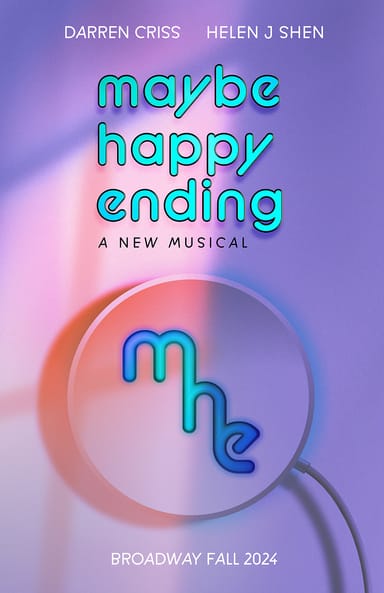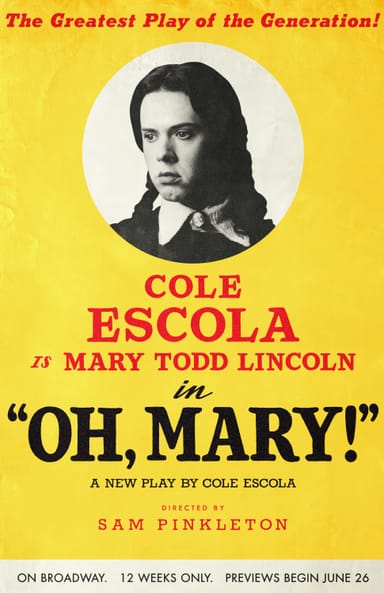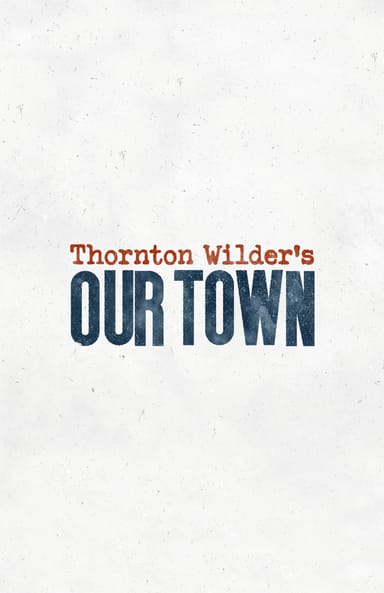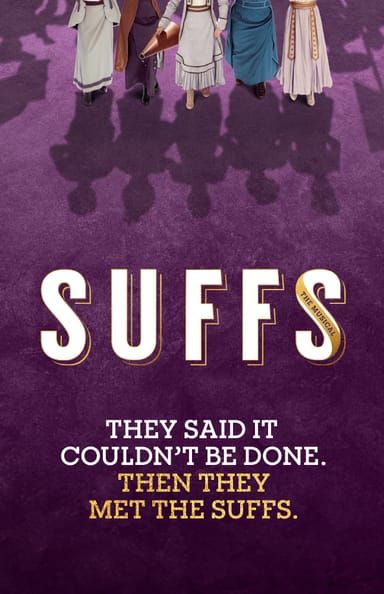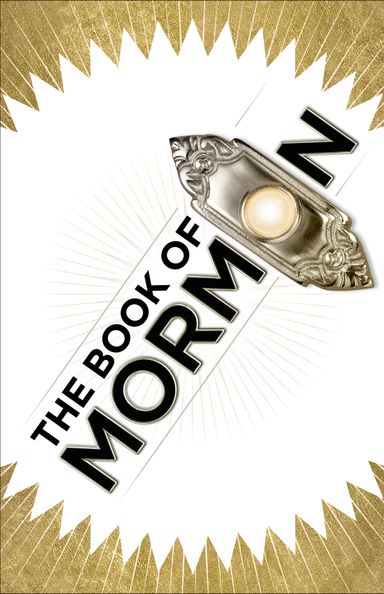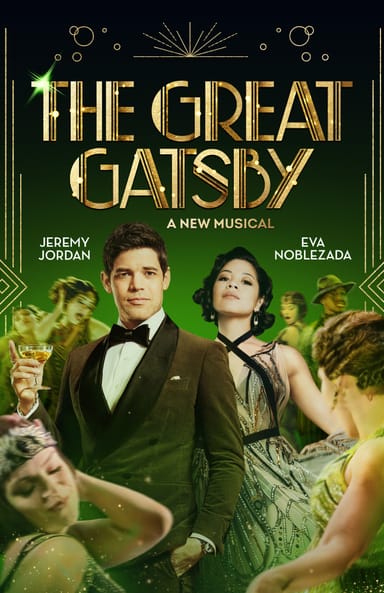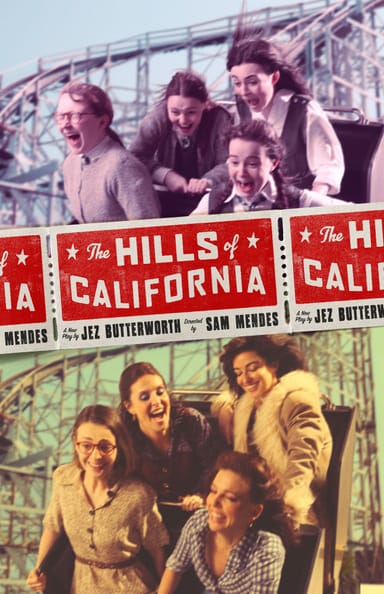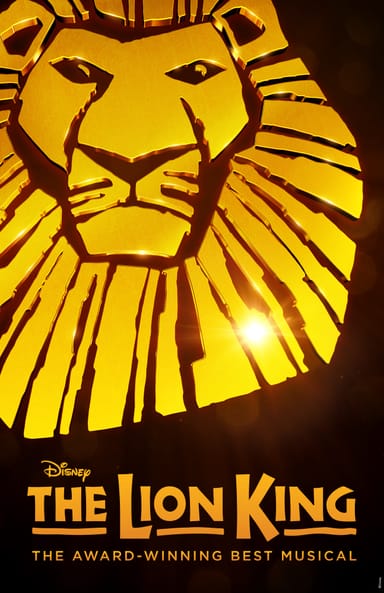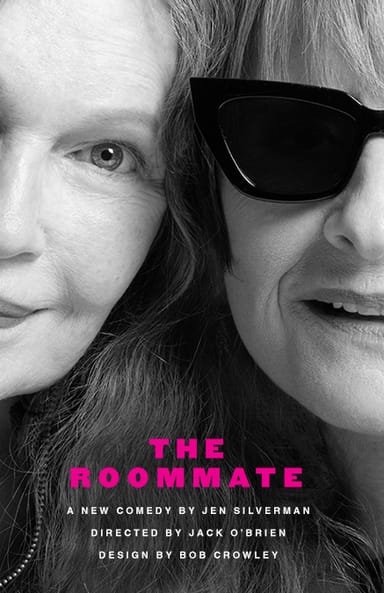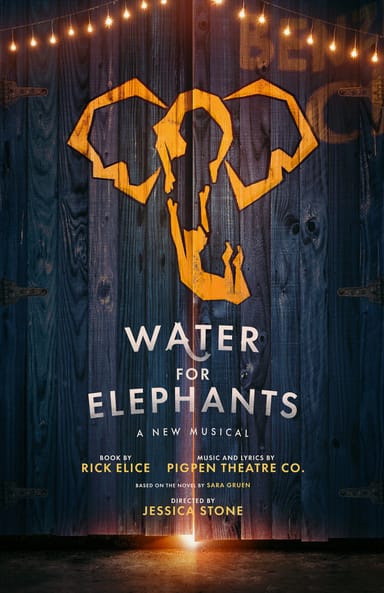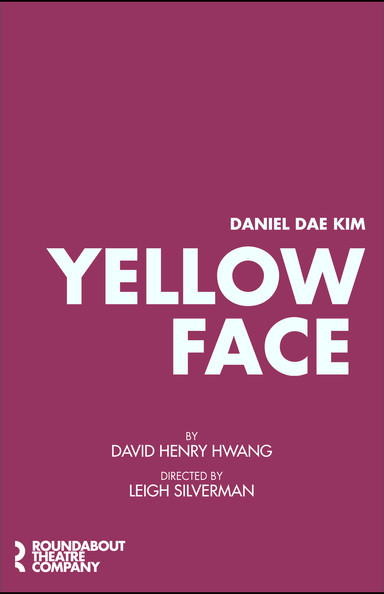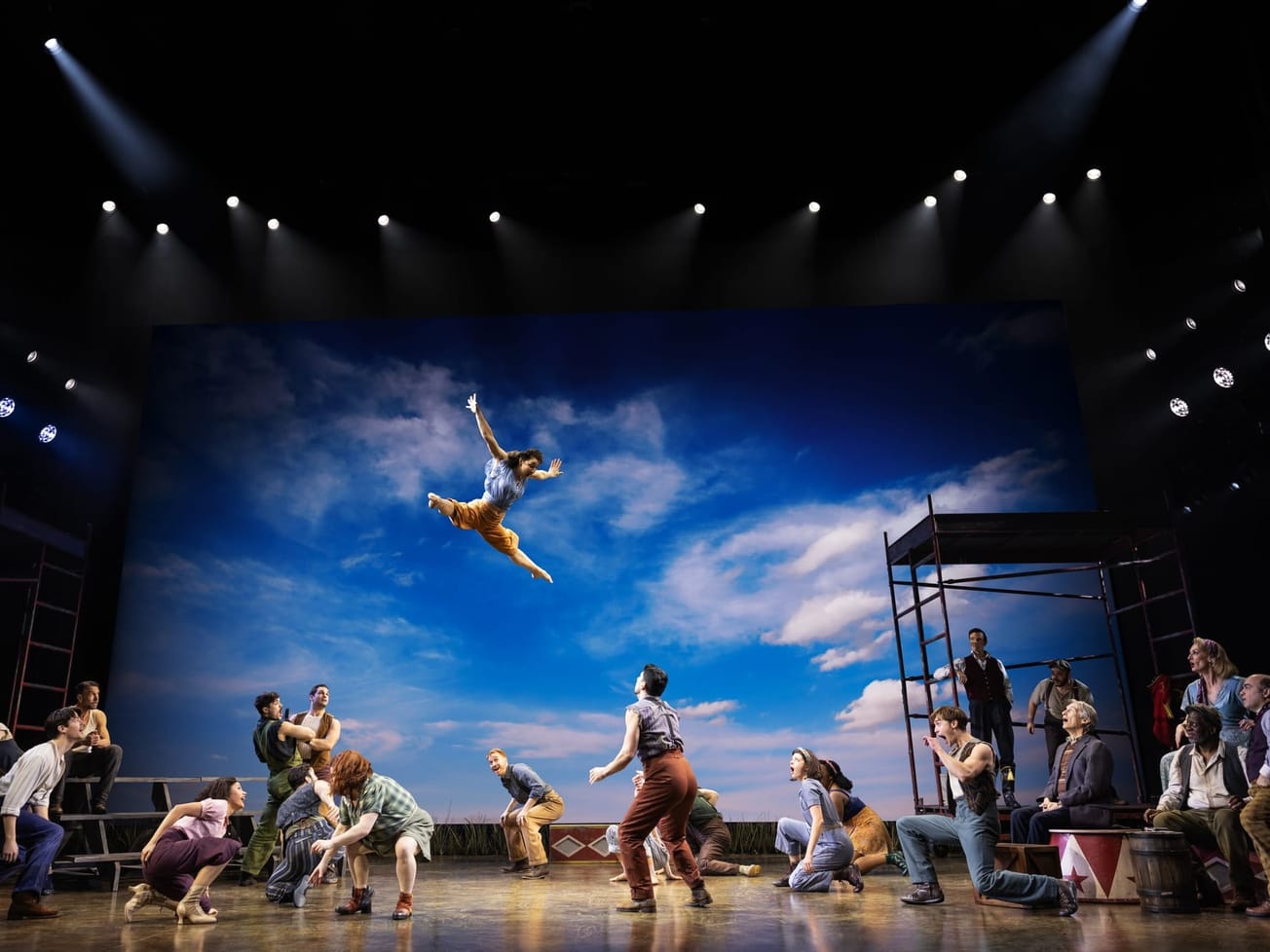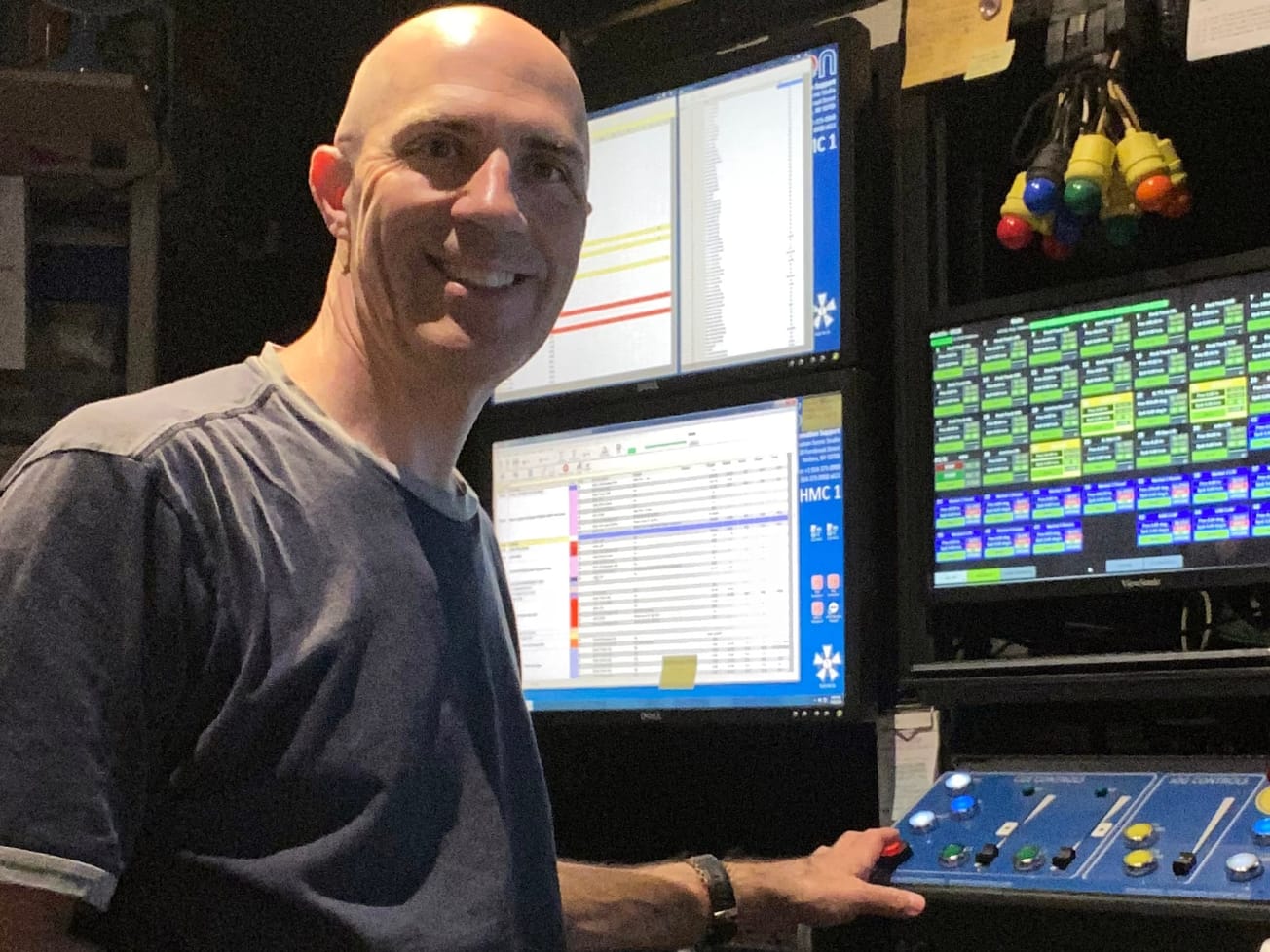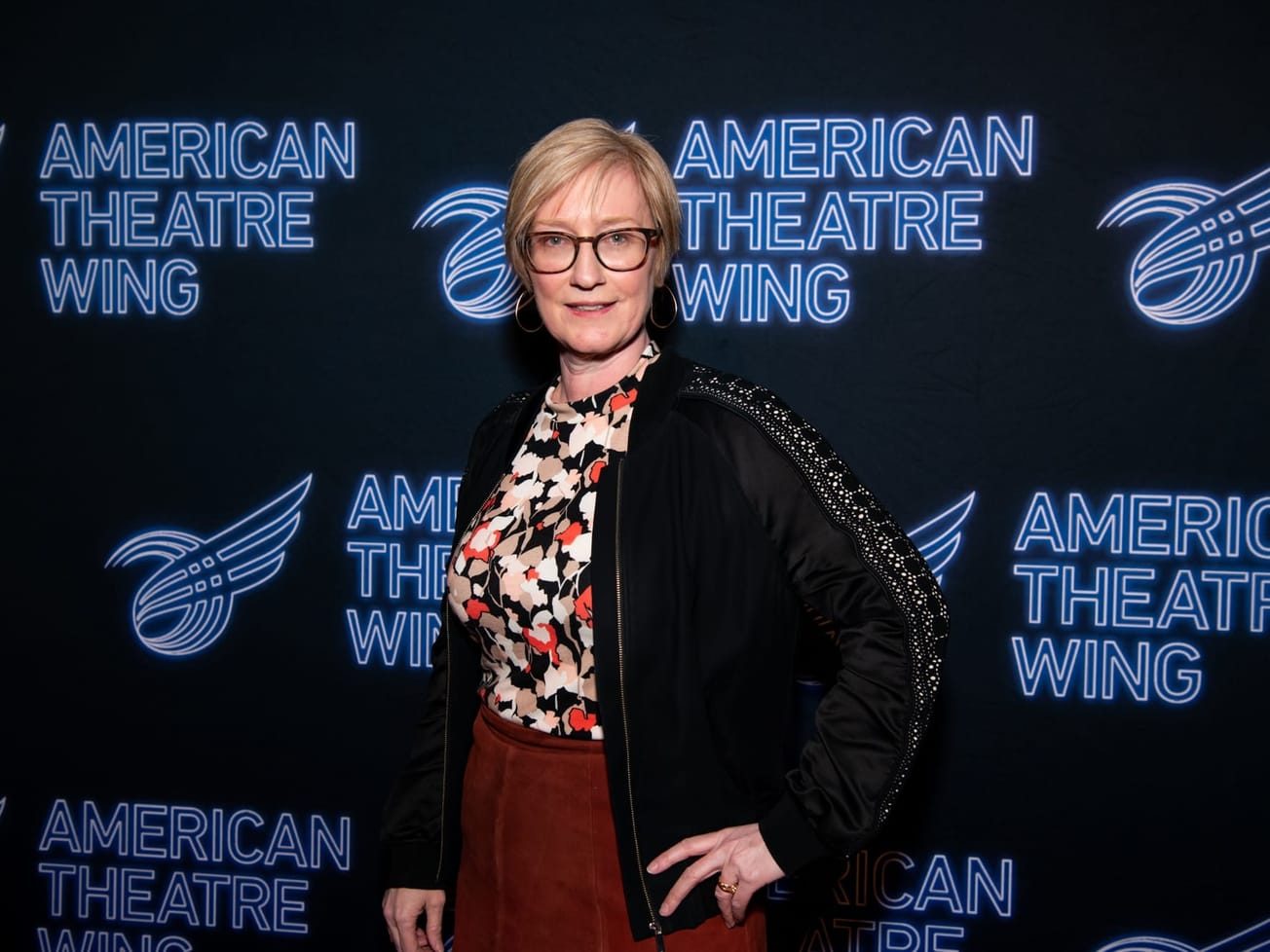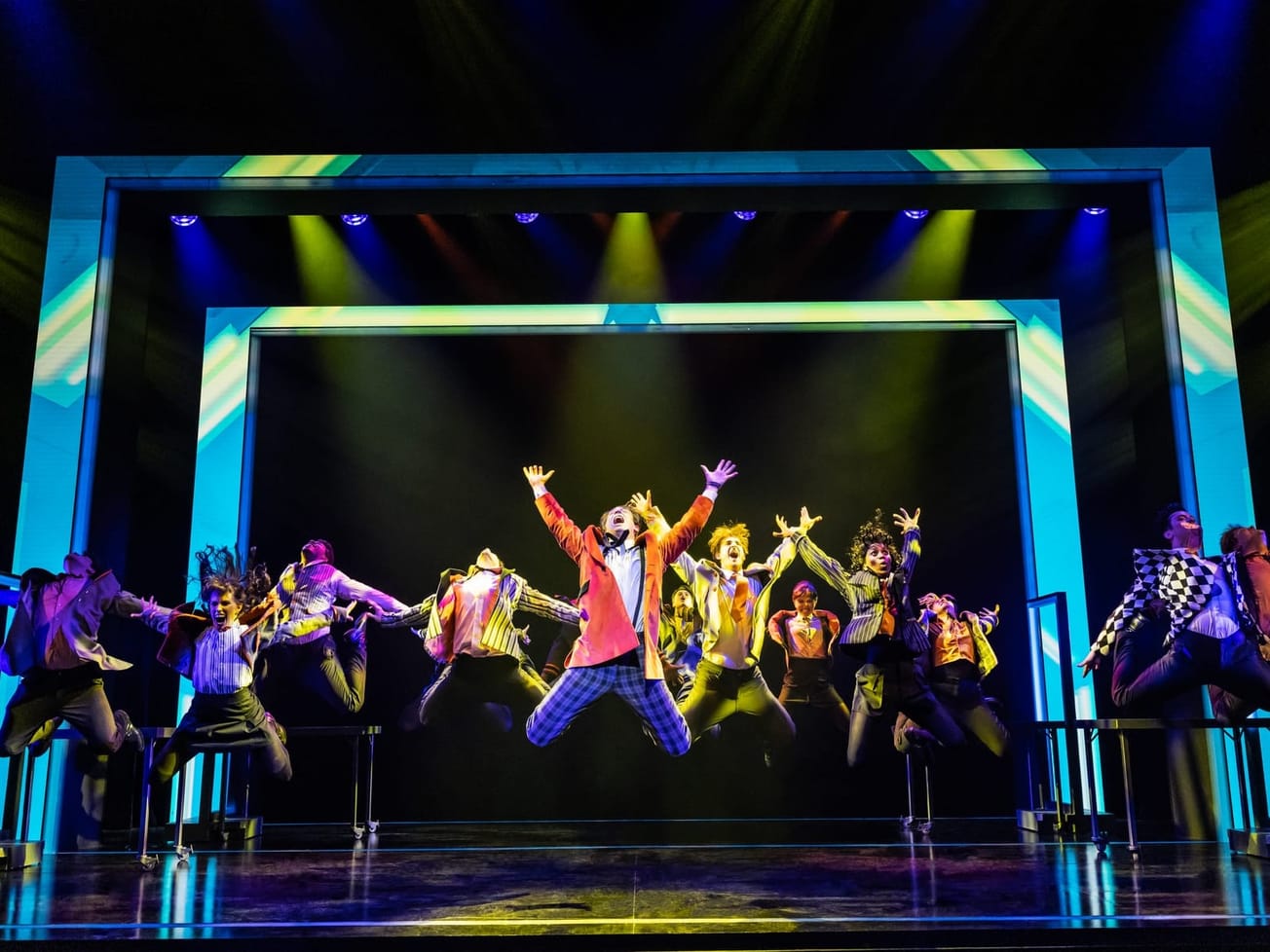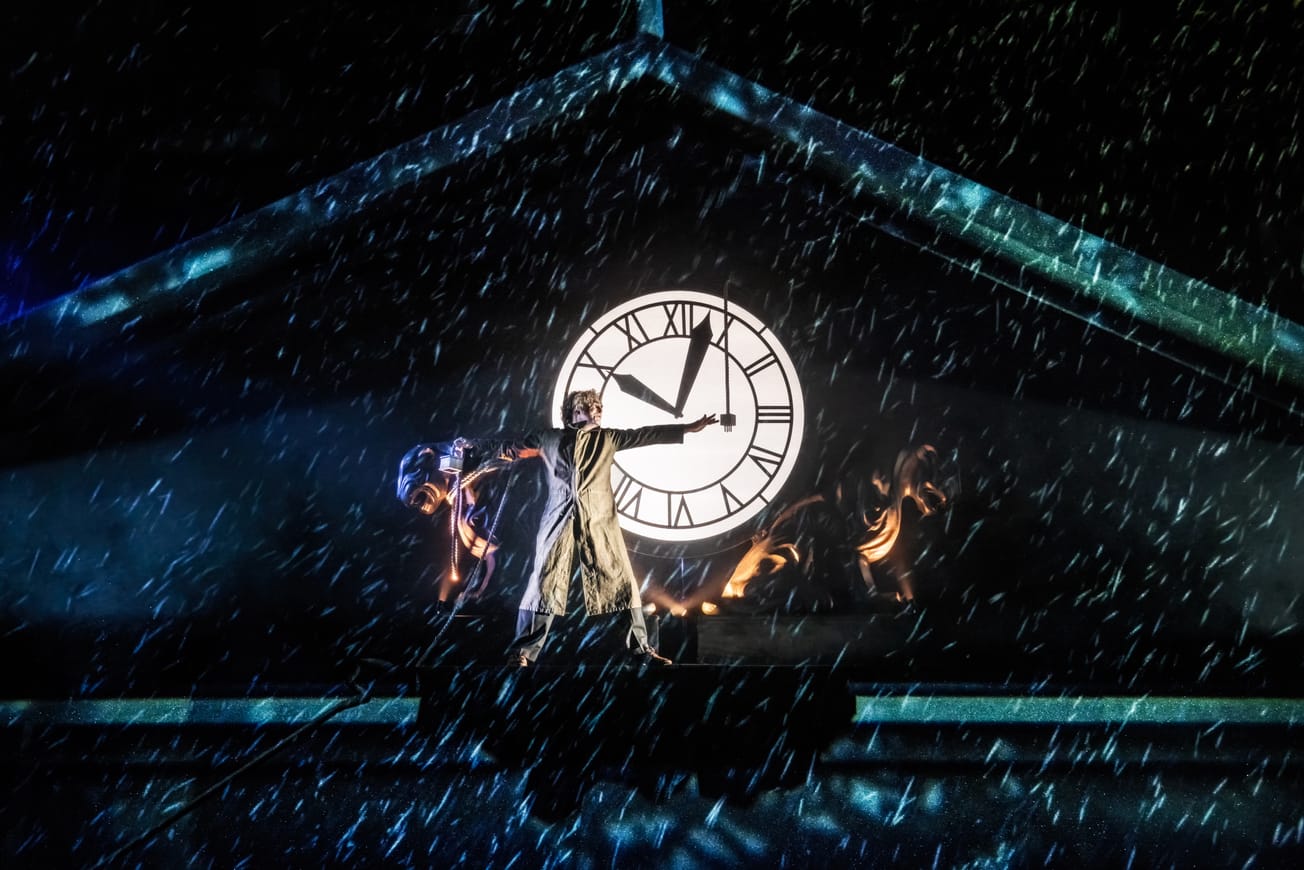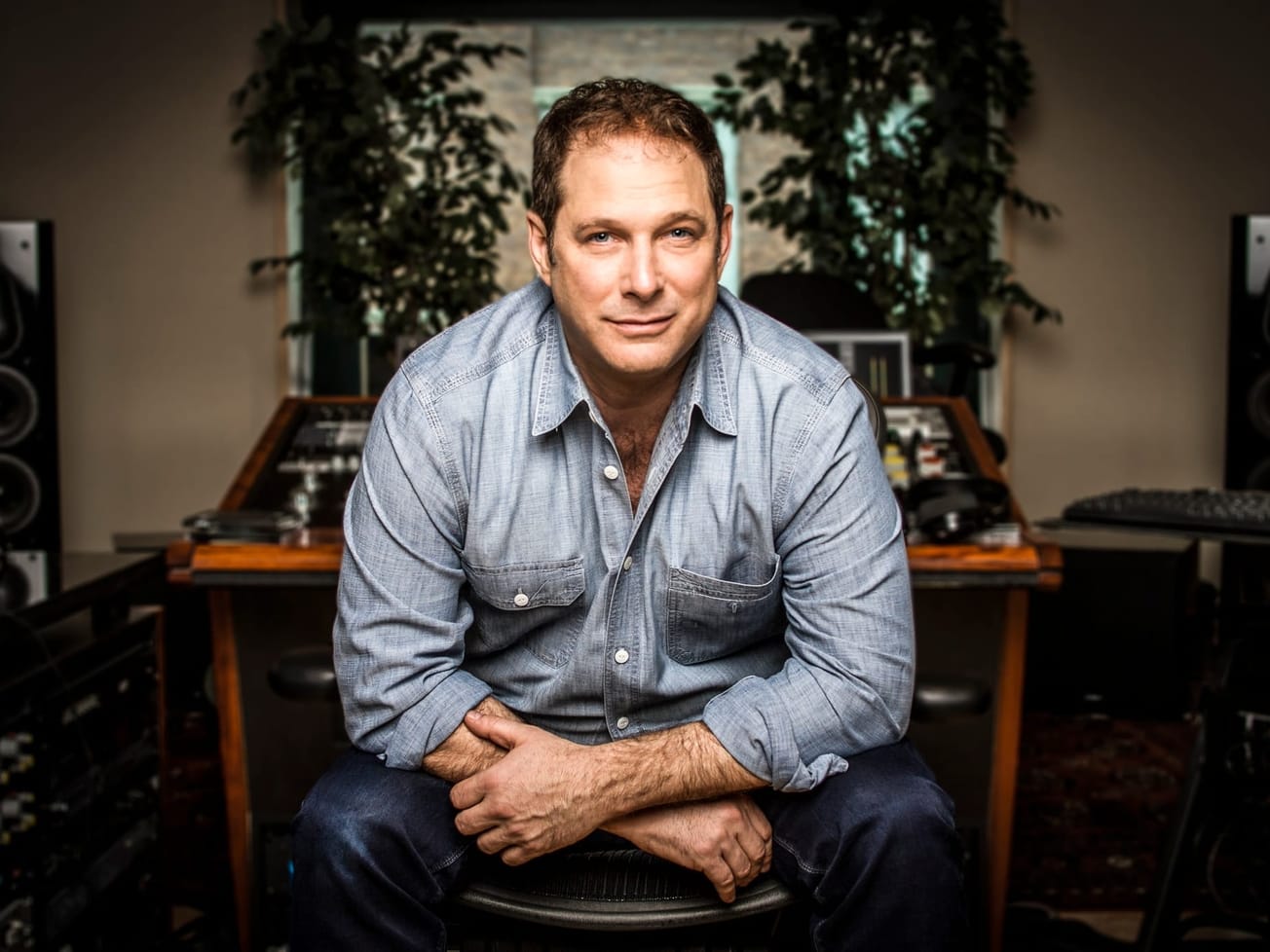It seems obvious to use circus maneuvers to tell a story about, well, a circus. And yet, the circus created in the new Broadway musical “Water for Elephants” seems eons away from P.T. Barnum’s tent-set acts made explicitly for spectacle and show.
“What is so stunning about the circus movement is that it’s all derived in a movement language and vocabulary as opposed to trick, trick, trick, trick, trick,” said the musical’s co-choreographer Jesse Robb. The musical’s circus elements, while dazzling, serve the narrative — which follows Jacob Jankowski, a man who runs away from a shattered life and accidentally hops a train car of the Benzini Brothers Most Spectacular Show on Earth.
Yet circus is just one vernacular in the choreographic language of “Water for Elephants.” Gymnastics, aerial stunts, trapeze, hand-to-hand acrobatics, juggling, tightrope and more combine with traditional dance styles (jazz, swing, lyrical) to tell a collective story through motion. For the most part, circus designer and co-choreographer Shana Carroll crafted the circus sequences and Robb set the dance, “but there’s a Venn diagram,” Carroll said. “There’s fluidity at the center of it.”
There’s also a common theatricality. From the moment Carroll fell in love with circus arts at age 18, she was attracted to the form’s expressiveness. “When I work with my acrobats, there’s a lot of talk about intention,” Carroll said. “What is this expressing? If you are going to do a banquine, is this a celebration? If you’re grabbing your rope, is it about the tenacity of the grab?”




